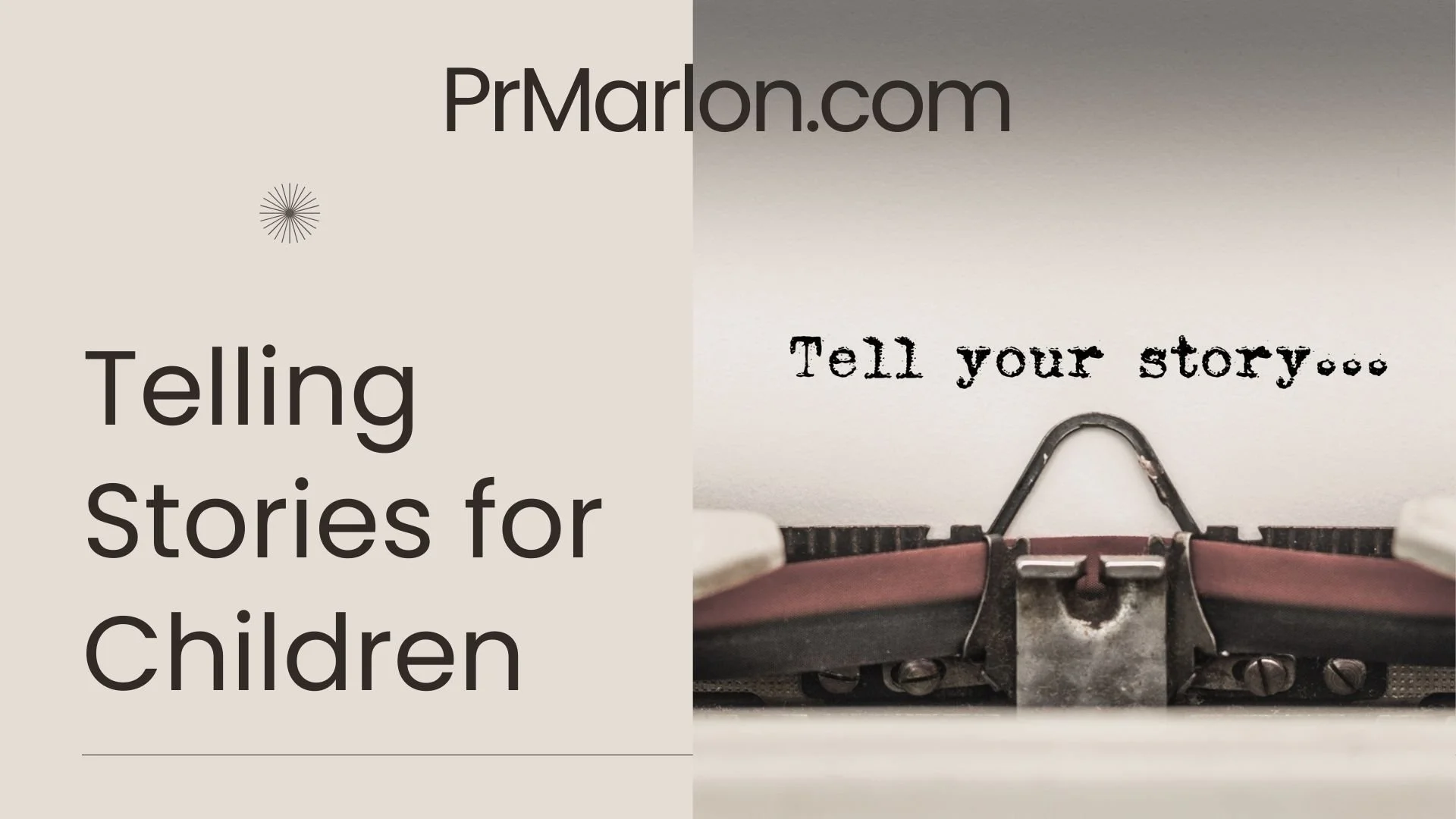Tips for Storytelling
Want to improve your storytelling skills? Here are some practical tips to take your storytelling to the next level.
Choosing a story
There are so many sources for stories that choosing one can be quite difficult. Here are some options for you to consider.
Is your story
a personal story?
a story you read?
a story you heard?
true?
fiction?
(let the kids know if it is fact or fiction)
Beware of stories you read online.
What is the source?
Can you trust it?
Do your homework. (Google it, and read it from different sources if available.)
Why do I want to tell this story?
What makes me choose this particular story to share? Out of all the stories you have access to, what makes you choose this one? The answer to this question will significantly shape your story and how you perform it. Keep the answer to this question in mind as you read the next steps.
What is the key lesson?
What should the audience walk away with? This is directly related to the question above. You do not want your story to be like the headless arrow, dull and pointless. There must be a point to your story and everything you do when telling the story should contribute to making this point very clear.
How much time do I have?
If you are telling the story to a group of children you should aim at keeping it under 5 minutes. Once you have chosen your story, figured out why you want to share it, and what the key point is, you’re ready to shape your story.
Ask yourself,
What is essential to the story?
What can be eliminated?
What can be added?
The key point of the story will help you determine what to add and what to eliminate from your story. I would recommend figuring out the absolutely essential points of the story, without which the story would make no sense. Now decide what details will help emphasize the main point and only add those details. Random facts and details can confuse or frustrate your audience.
The makeup of your audience and the time allotted to me will impact what details to include or leave out. Look at the kids, what is their age range? You will have to adjust your story on the fly. Make sure you communicate in an age-appropriate way.
Keeping their attention
Watch your audience as you perform your story.
Are they watching you?
Are they engaged?
Are they distracted?
In order to watch your audience I recommend you not read your story. You can read for yourself, then tell it. Then go back and read it again. Did you miss something? Make notes. You don’t have to memorize the story, just be familiar with it enough that you can tell it comfortably.
Practice is key.
If you notice your audience is distracted, what can you do to regain their attention?
Increase your volume (include sound effects)
Decrease your volume (whisper something important)
Move your body (move around intentionally)
Whispering can work even better than shouting at times. Sound effects are also a great way of getting the attention of the kids practice a few just in case. You don’t have to be great, just the effort will engage the kids, even if they find your sound effects funny. Sprinkle them in at key points. When you move make sure it goes with the story. Using your hands and your body will help not only convey the key point but also keep your audience engaged. Stand tall, crouch down, pounce, sneak around on your tippy toes… bring the story to life! Have fun!
Practice is key.
First and last words
Your first words are your best chance to engage with your audience.
Your final words are what will be remembered.
You may fumble in the middle, but I must nail my opening and closing remarks.
Make sure to practice this part. Write it out. If you’re going to memorize something, memorize your opening and closing lines.
You can download a PDF with the key points here.






